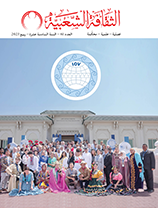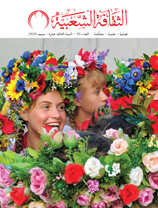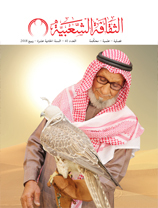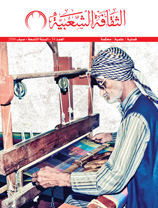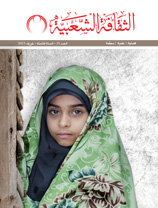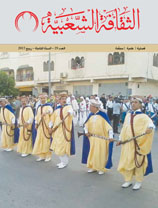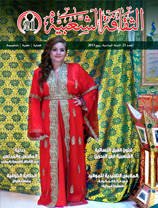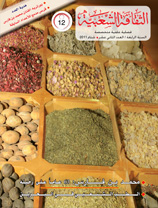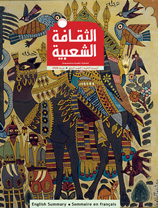The ethnomusicology of Rai songs in the Western Mediterranean
Issue 32

Jamal Abranus
Morocco
The aim of this article is to address previously unexamined aspects of Rai songs, which reflect Moroccan society and culture. This study’s theoretical approach seeks to describe how folk culture in the form of music explains the spread of Rai songs around the world.
In brief, my aim is to follow Rai music’s historical journey by exploring its roots and studying the factors that led to its evolution from an ethnomusicological perspective. I am committed to a thorough examination of this lyrical form.
I avoided using linguistic, ideological or academic standards that judge Rai inferior. We used the anthropological approach for greater objectivity and impartiality.
The question of origin is one of the most complex issues for those who research social and humanistic issues. This question forces researchers to develop hypotheses or to accept others’ theories. Although the authentification of Rai is not our primary goal, it is relevant to this study.
The area between Morocco’s eastern countryside and the city of Oran in west Algeria is famous for Bedouin poems and songs. Rai appears to be related to the Bedouin song known as Malhoun, but there is no historical evidence to support this. The most famous composers of Malhoun are Sheikh Madani, Sheikh Hamada, Blawi Al Hawari, Sheikha Washimah of Algeria, Sheikh Altinsani, and Sheikh Al Yunisi and Sheikh Saeed Butibah of Morocco.
The traditional version of Rai was prevalent until the beginning of the late 1960s, when new bands emerged and started using modern instruments such as the violin, accordion and saxophone. As a result of many factors, including the presence of French colonialists in the region, several new sheikhs emerged from the bars and nightclubs that served as incubators for this new version of Rai.
Sheikhs like Bu Tibah Al Saghir, Bilqassim Bu Tiljah, Binfisa and Masoud Balmou seem to have played an active role in re-inventing Rai. The sources of Bedouin songs died out as Moroccan societies changed. Musicians started playing Rai at bars and nightclubs that French colonialists opened in the late 1960s; previously Rai was performed at weddings, majlises and other traditional venues. This resulted in the emergence of new poetic structures and content without clear characteristics, and it took at least a decade for a pattern to develop in this music.
It is clear that the people of the 1970s helped to spread Bedouin songs. The artists of this generation were referred to by their names without the traditional title of ‘Sheikh’, which was used by the Bedouin. They also dropped the title ‘Shaab’, (meaning young man), which was made popular by the well-known artist Shaab Khalid.











